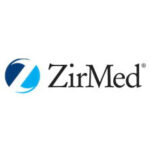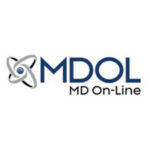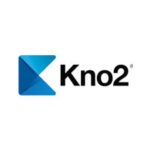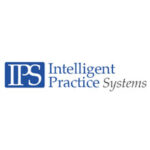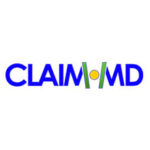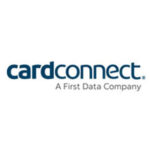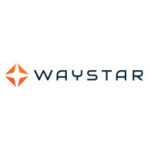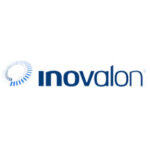When growth is on the cards, as you add on more patients, new locations, and innovative treatments, does your physical therapy EMR software scale to take on the increased activity?
There are several capabilities that underpin a growth ready, intuitive EMR including the flexibility of managing multiple disciplines with industry standard documentation, billing, and reporting features.
Managing Tasks in the EMR
- Creating and managing tasks for follow up is the glue that connects all parts of the practice for staying organized. Clinical tasks that are created during documentation acquire a patient context and also need to be tracked for auditing purposes. Tasks related to claims and billing impact revenue and cash flow.
Scheduling Appointments in the EMR
- Ease of scheduling patient appointments for a single clinic/therapist or multiple clinics/therapists with forward integration into documentation and billing is another such capability. Patient scheduling could be done by the front office/admin or by therapists themselves.
- Another is managing different appointment types (such as eval, follow-up, discharge) and statuses (such as canceled, canceled under 24 hours, rescheduled) with additional messages and warnings for front office staff and therapists to keep everything in line.
- Integration with the patient portal helps admin teams to quickly schedule patients who can provide detailed demographic and clinical information through customizable clinical questionnaires and submit PDF forms like consent and office policies through the patient portal.
- Add on features include scheduling patients from a filtered waiting list after matching criteria for open calendar slots, tracking patient cases across different disciplines, and managing therapist timesheets that are applied to the scheduler using templates.
- Appointment reminders through text and email for in-clinic appointments and telehealth appointments that are automatically triggered with customizable business rules and message templates help bring down patient no-show rates and self-discharge rates.
Creating Documentation in the EMR
- Customizable clinical notes that could be reviewed and signed with charges baked into the document are another key feature, with assistant therapists marking notes as ready to review for supervising therapists.
- Outcome tests with scoring tables keep patient goals front and center. A patient information card that is accessible from any notes page with key information items including authorizations and missing certifications provides a quick reference for busy clinicians.
- Rolling forward daily notes and other templates puts documentation on a fast track. Automated faxes to the referring doctor, case manager, and PCP on file ensure key feedback to referral sources and raise compliance.
- Templating, customizing, and tracking outcomes and goals with data points and text informs physical therapists as they step up patient care and engagement. Benchmarking outcomes data against other clinicians provides valuable context for comparison.
Automating Billing in the EMR
- Automated billing workflows for processing, scrubbing, and tracking claims and managing denials, authorizations, and accounts receivable keep the focus on priority tasks like outstanding claims while tracking important billing KPIs like the first pass resolution rate.
- Integration with the clearinghouse enables electronic transmission of claims and direct, seamless receipt of EOBs/ERAs, electronic eligibility checks, and claims status. Posting ERAs and updating patient balances along with assigning additional follow up tasks ties it all together.
The right physical therapy EMR software supports the PT business as it grows from a single location practice to multiple locations and clinicians. But the wrong software could limit the practices growth. The answer lies in a physical therapy EMR software that is scalable, growth ready, and intuitive.









